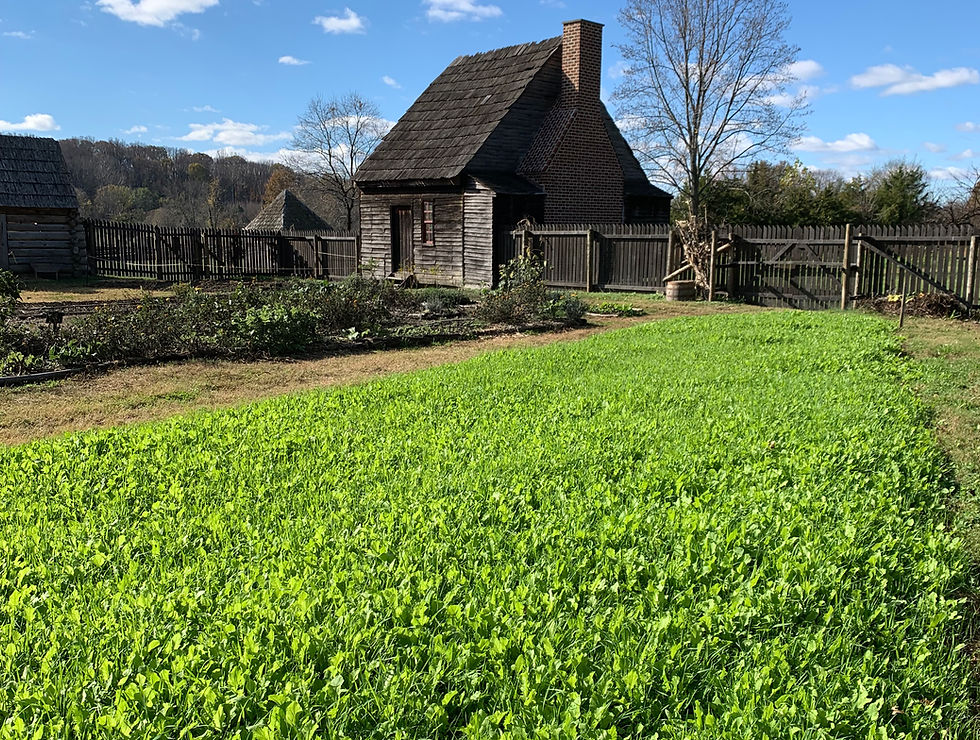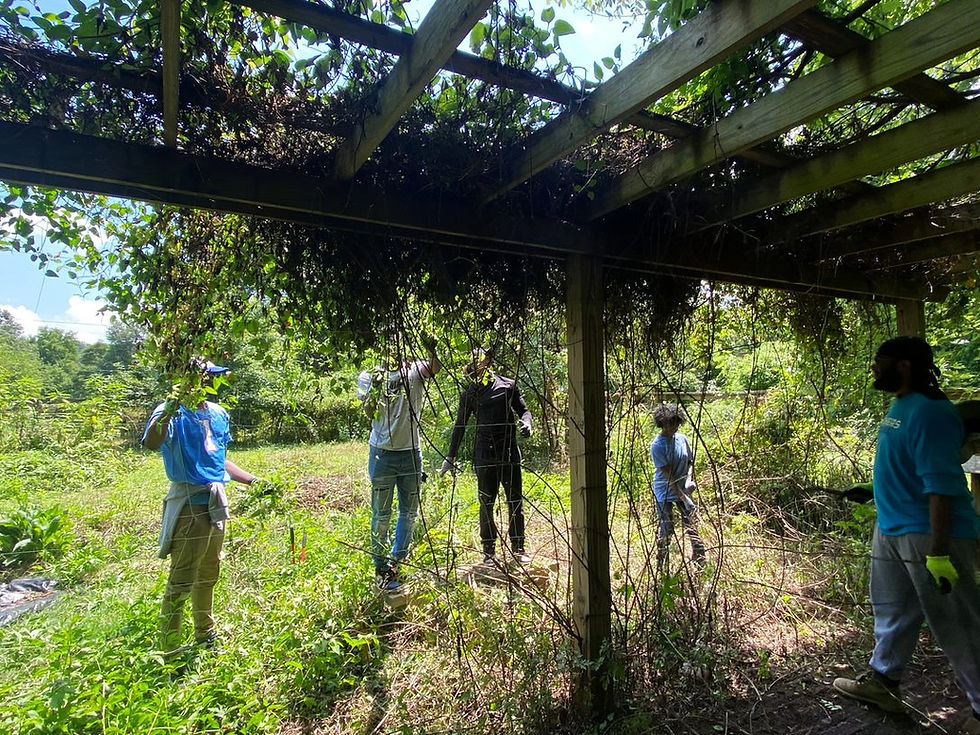Celestial Cycles
- Accokeek Foundation

- Sep 23, 2013
- 2 min read
by Daniel Michaelson
We understand our place in time by referencing the cycles of the Sun, Earth, and Moon. On Sunday, September 22, we passed from summer to fall through the autumnal equinox. In science speak, an equinox is either of two points on the celestial sphere where the ecliptic and the celestial equator intersect. In other words, it’s one of two times a year when the sun’s equator crosses the Earth’s equator, and the day and night are of approximately equal length the world over. The word equinox is used in a broader sense in reference to the day when such an intersection occurs. So, on Sunday Jimmy Joe Bob, camping on the equator would have no shadow, but on Monday and thenceforth until around the vernal equinox around March 20 his shadow would be cast onto the northern hemisphere.
Plants “understand” their place in time without thinking about it through a process called photoperiodism. This is a physiological reaction to length of day or night. Some
plants require a long or short enough daylength to flower (obligate photoperiodism) whereas others are only more likely to flower under the appropriate light conditions (facultative photoperiodism). For example, oats, clover, and ryegrass (all important food, forage, or cover crops) only flower if the length of day exceeds their critical photoperiod. These are known as long-day plants. Short-day plants like cotton, rice, and hemp are more likely to flower when the day length is less than their critical photoperiod. Some agriculturally relevant plants, such as cucumbers and tomatoes do not flower based on photoperiodism at all.
Plants aren’t the only ones whose lifecycles are dictated by day length. Together with temperature changes, photoperiod stimulates changes in color of fur and feathers, migrations, entry into hibernation, sexual behavior, and even resizing of sexual organs. For example, in song birds such as the canary, singing frequency depends on the photoperiod; hence, the explosion of song in the springtime. During autumn when daylength decreases, the male canary’s testes regress and androgen levels drop, resulting in decreased frequency. The importance of photoperiodism in humans is still contested, but I have a hunch that, like our friends the canary or the deer, celestial cycles play a direct role in our physical reckoning. So, as we slip into autumn try giving greater heed to the sun and see what happens.
Click here for more Field Notes







